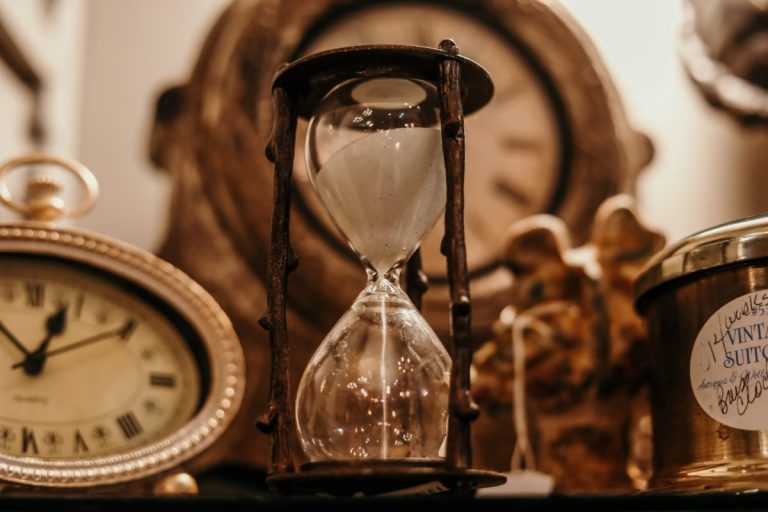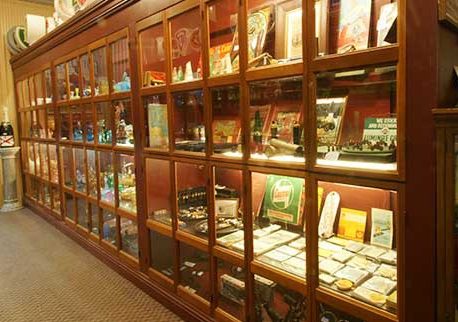Shipping Antiques Across the Tasman
There are several ways to ship antiques to New Zealand and disassembling the pieces is one of them. In addition to hiring a professional full-service mover, you can also purchase insurance to cover your valuable antiques. Here are some tips on packing and transporting antique furniture. Also, make sure you know exactly what is in the boxes. If the items are fragile, you may want to consider moving the pieces yourself.
Disassembling antique furniture
One of the most challenging aspects of moving is disassembling antique furniture. Unless you’re an expert at the task, you might end up damaging the antiques and causing more damage. Some people find it easier to hire a professional moving company to move the antiques. However, disassembling your antiques will take a lot of effort and you might also end up hurting yourself. If you’re not comfortable dismantling your antique furniture yourself, you can also seek help from a sofa doctor.
If you’re moving a large antique wardrobe, you may need to dismantle the parts yourself. Make sure to remove any drawers or shelves. You might also need to remove the legs of the wardrobe. If you have a one-piece bed, make sure you remove the bed linen before disassembling it. Then, you can remove all of the drawers and other parts from it.
Using plastic wrap
When moving antiques, using plastic wrap is an excellent idea. The plastic is not only lightweight but also provides an extra layer of protection. Whether your antiques are fragile or not, it is best to wrap them individually to prevent damage. For delicate items, you can use balled up packing paper and blankets to create soft cushioning. If you have any questions, feel free to contact us and we will gladly answer your questions.
Before packing your antiques, you should clean them thoroughly. Doing so ensures that they will arrive in the best condition possible. Before packing, use a soft microfiber cloth to clean them thoroughly. Never use chemical-based products on antiques, as these can damage wood or other materials that will be placed in storage. You can also use bubble wrap to keep fragile items in place. Make sure you clean all surfaces gently, especially if you are moving fragile antiques.
Hiring a full-service mover
If you have high-value items like antiques, it’s best to hire a full-service mover to transport them. However, there are certain aspects that you must consider before choosing a mover. One of these is liability insurance. A full-service mover will carry liability insurance for your items. You should also make sure that the mover’s liability policy is adequate and includes an insurance deductible. If you’re moving high value antiques, it is good practice to get your cherished items properly valued and insured. It is often true that when it comes to antiques, expect any related services to be that much more expensive, so it is also good practice to take your time and compare moving companies and get different moving quotes, also remember that going with the cheapest when it comes to transiting antiques is never a good idea. Look for the right balance in a company that provides reasonable prices for the quality of work.
The company should be equipped to move your antiques with the utmost care, and should have the proper technology and carrier liability coverage plan to protect your valuables. A professional mover can even build custom crates to transport your antiques. In addition, they should have climate-control technology to ensure the preservation of your valuables.
Insurance options
One option for protecting your antiques is to purchase an additional policy. This type of insurance generally covers the value of the antiques during transit. Most homeowners’ insurance plans include inland marine insurance for antiques and fine art in transit. There are also separate policies for individual collectibles and blanket coverage for a collection. However, inland marine insurance does not necessarily cover breakage. It is best to consult your homeowner’s policy for specific information.
When choosing a professional shipping company to ship your antiques, make sure to get one that includes a minimum amount of liability insurance. Ensure to purchase additional insurance that covers the full value of the antique items. Lastly, do not move antique furniture alone. Several people will be needed to carry the antiques and pack them. Make sure to hire a team of two to four people to help you move.

